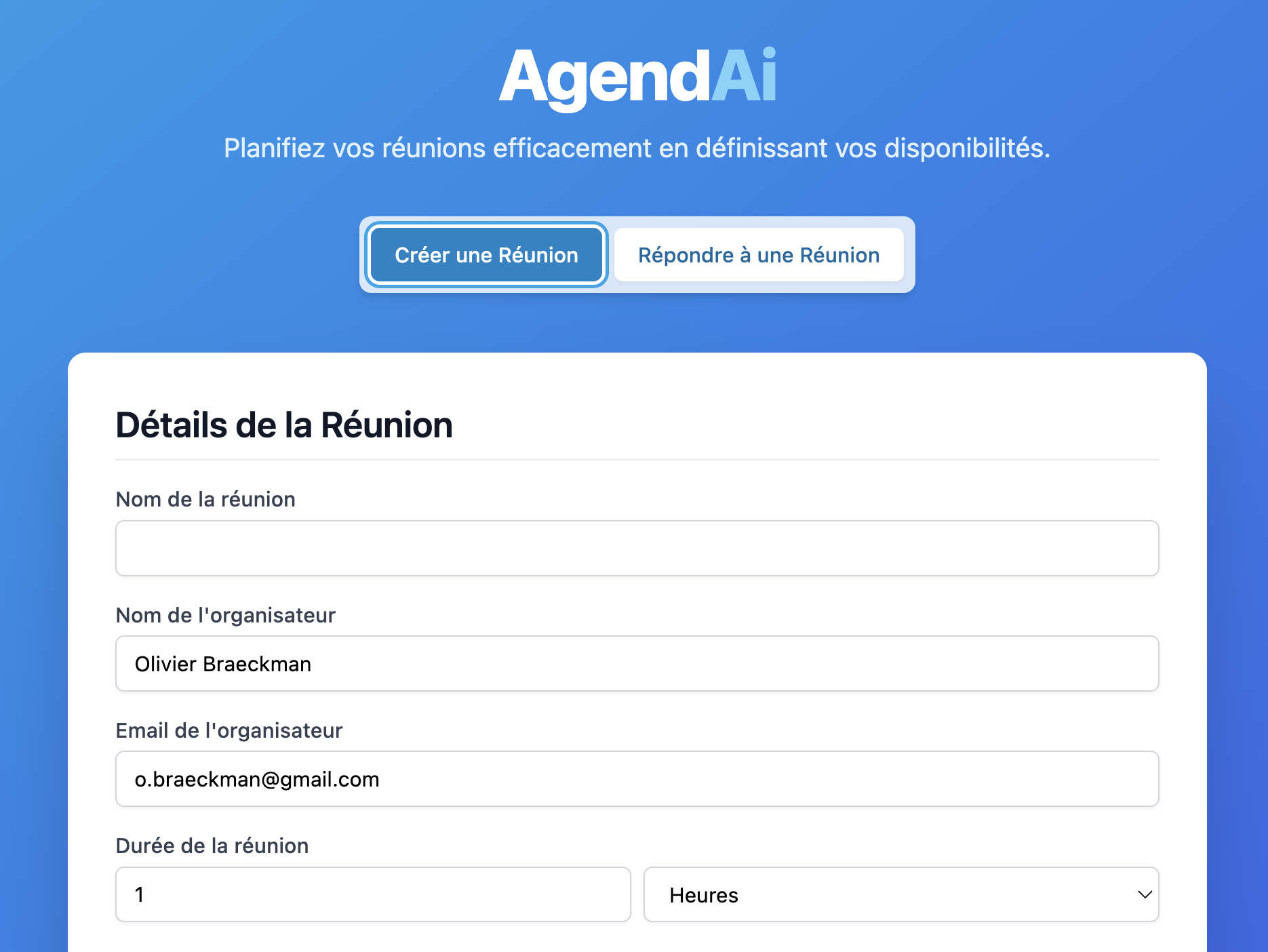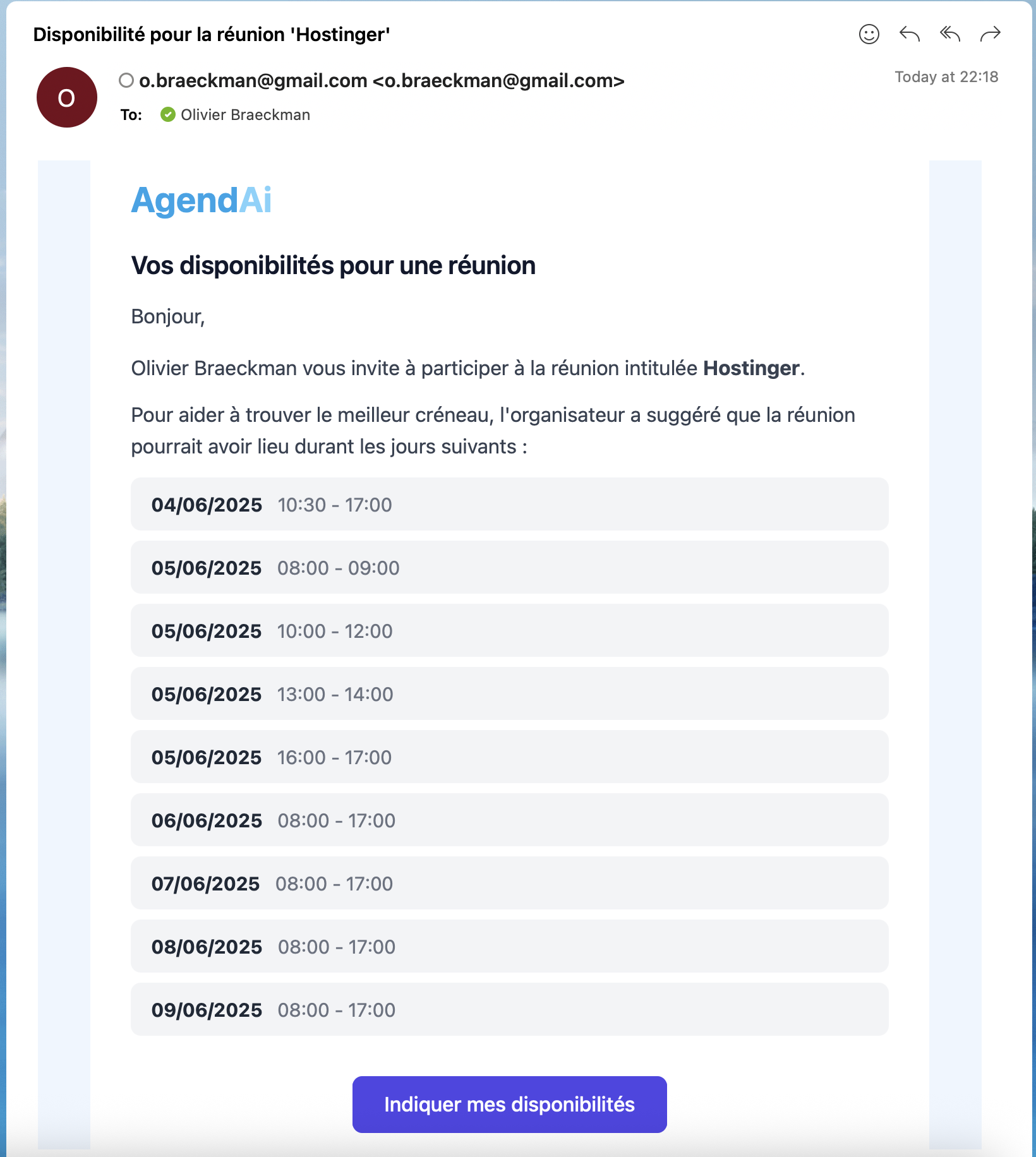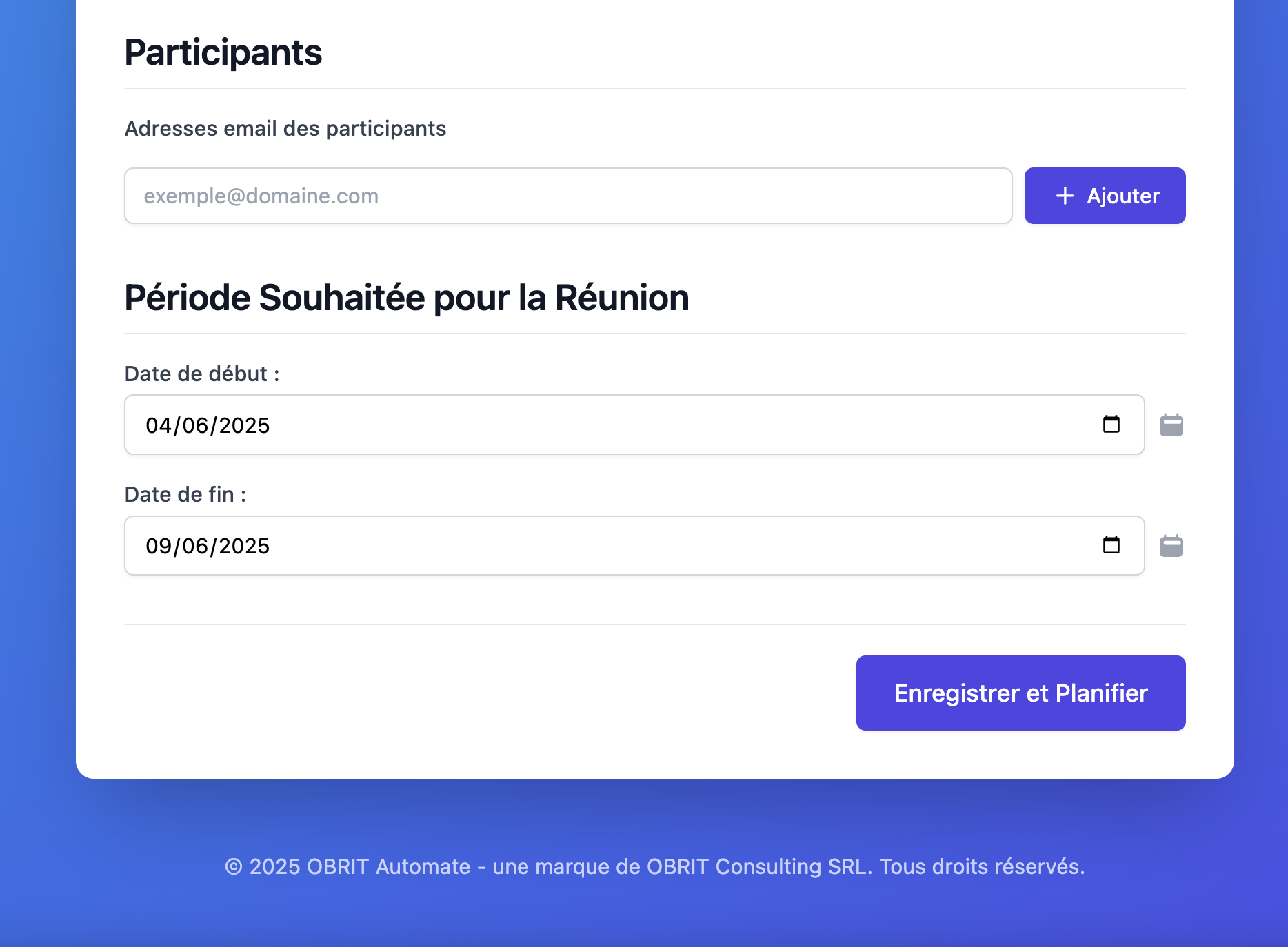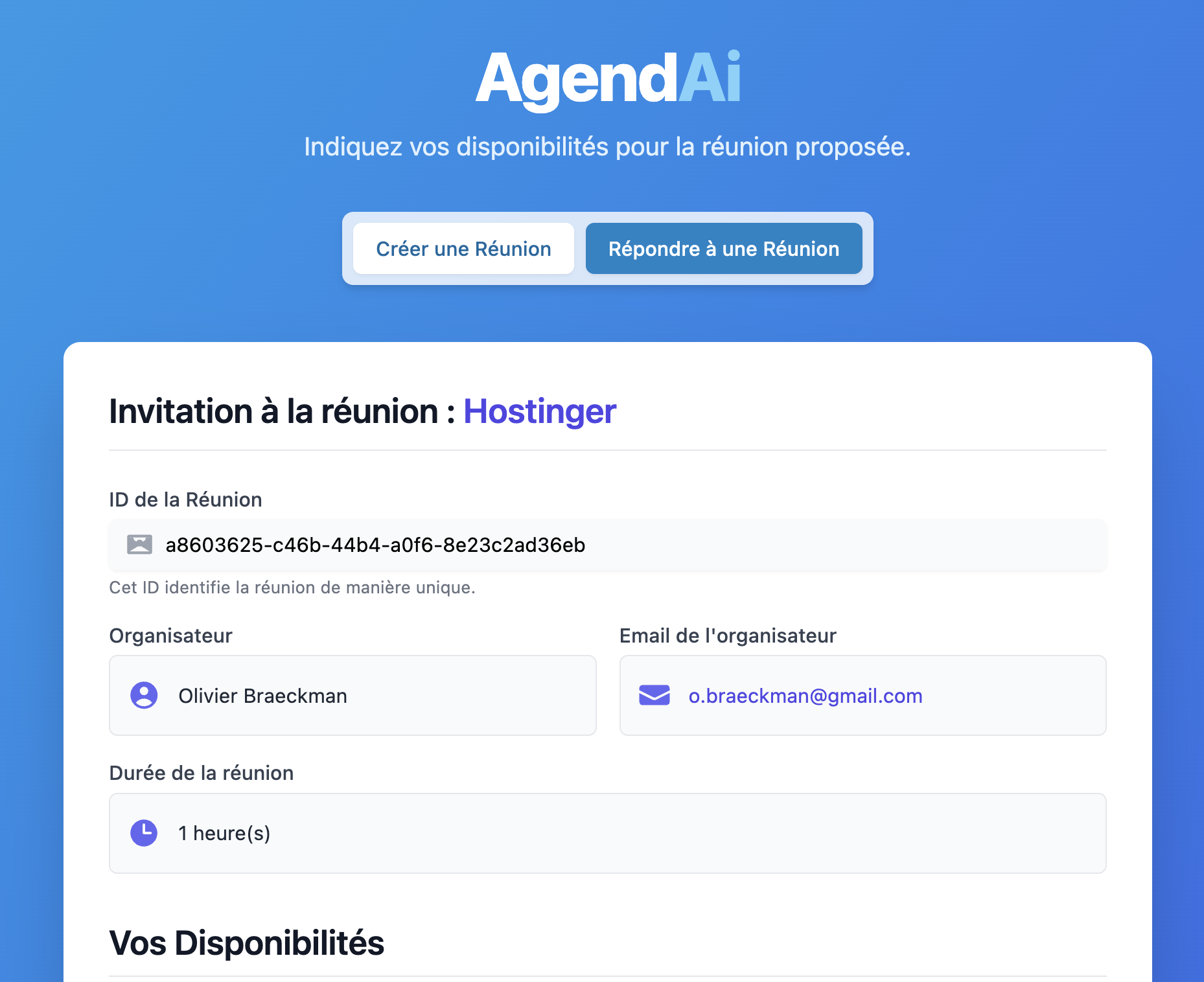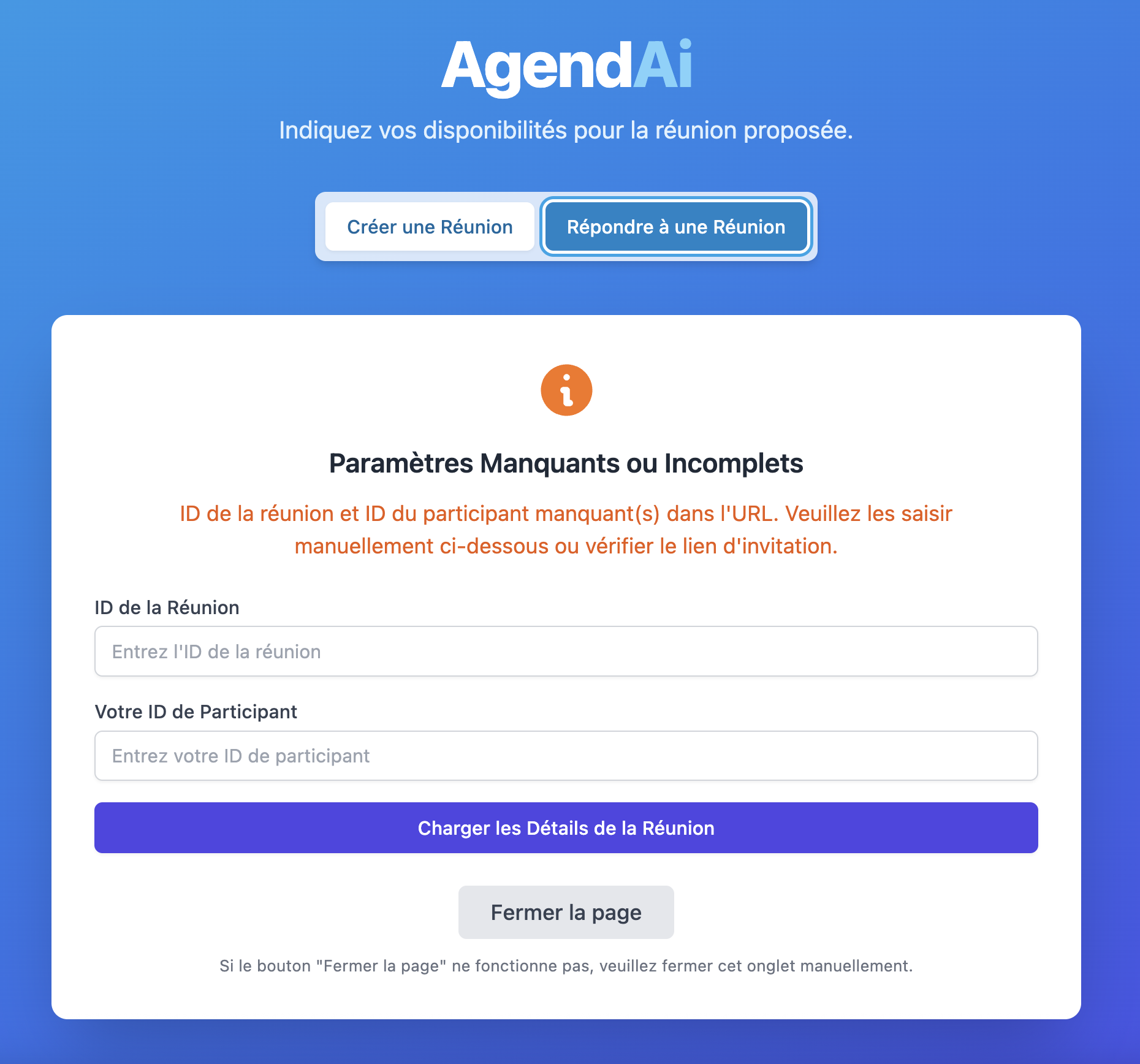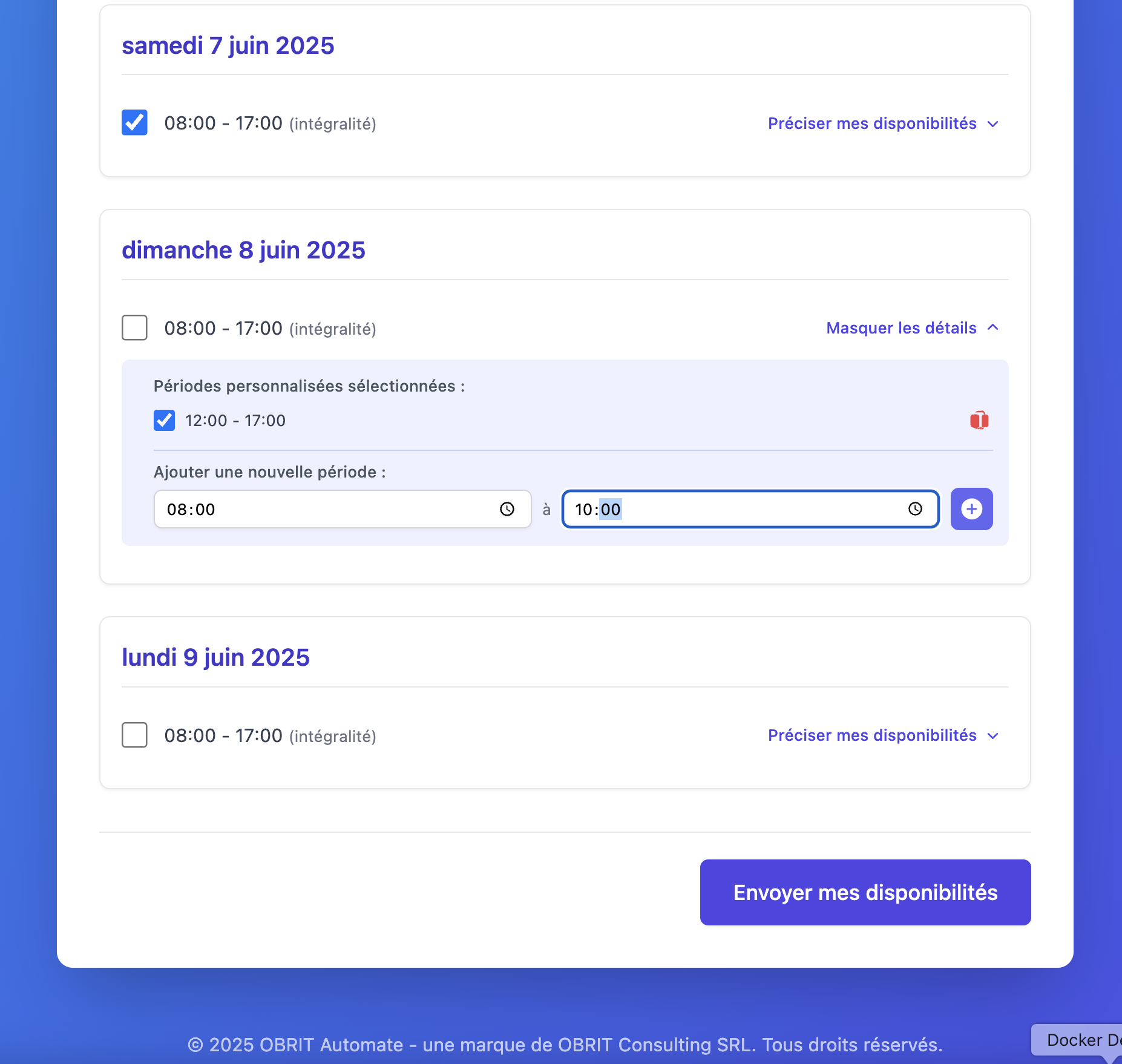Quick read: How we created a fully autonomous meeting assistant using Google AI Studio, n8n, Gmail, Google Calendar, and Google Sheets—without writing a single line of frontend code.
⏳ The Modern Scheduling Dilemma
In today’s hybrid work environment, time is currency. Yet, we burn hours on what should be low-value coordination tasks: endless “What time works for you?” threads, scattered calendars, and scheduling fatigue across time zones.
Spoiler alert!! We wanted to automate this.
But not just automate it — we wanted to build an 🤖 agent. A system that behaves like a helpful assistant: aware, proactive, context-sensitive, and capable of acting on my behalf.
This article is a deep dive into how we did it — why it matters, how we structured it, what it reveals about modern workflows, and what you can take away from this experience.
🤖 An Autonomous Meeting Coordinator
We imagined an agent that would:
- Initiate the scheduling process the moment a meeting is requested.
- Check my real-time availability from the user's calendar.
- Invite participants and present them only the relevant times.
- Track responses, compute overlaps, and schedule automatically.
- Fail gracefully, by notifying me if no slot works.
To our surprise, this vision was completely achievable — without writing frontend code and only very marginal backend logic — thanks to the right architecture.
🧱 Stack: Practical Tools, Strategic Use
To bring this to life, we combined the following powerful platforms:
| Tool | Role |
|---|---|
| Google AI Studio | No-code UI to gather meeting details from me. |
| n8n | Orchestration layer, acting as the agent’s “brain”. |
| Google Calendar | Source of truth for my availability and scheduling endpoint. |
| Gmail | Bi-directional communication layer (invites, updates). |
| Google Sheets | Lightweight persistence layer for meeting state. |
ChatGPT | Chat assistant for various tasks such as Prompt Engineering, Technical advisor, HTML email generator, translator, and many more! |
🚀 Together, they created an agentic system that handles asynchronous decision-making and delegation.
⚙️ Flow Breakdown: What Actually Happens behind the hood
Let’s go a level deeper.
1. Frontend → Intent Capture
Using Google AI Studio, we created a visually clean, responsive interface. This is where the user inputs:
- Meeting name
- Target participants
- Duration
- Time window constraints (optional)
No code. Solely LLM-powered suggestions ! Skills required ? The art of prompting!
2. n8n Takes Over
Once the form is submitted, n8n is triggered via webhook. It begins a multi-step workflow:
✅ Step 1: Query Google Calendar
Pulls open slots in my schedule during the defined time window.
Cleverly avoids non-work time (yes we also have a life!) so that they are not provided for no purpose.
✅ Step 2: Generate Invite Email
Uses GPT-integration inside n8n to draft an email that:
- Lists my available times
- Includes a unique response form link for attendees
We didn't do it yet, but we quickly realised the potential here. Email templating in plain HTML coupled with the power of AI translations... that alone, if done the old-style and manual way, would have probably taken us longer than writing this whole app.
✅ Step 3: Send Email via Gmail
The message is sent using OAuth-scoped Gmail access. n8n also scans incoming replies to track who responded.
3. Response Collection & Persistence
- As participants select their preferred times, data is saved to Google Sheets.
- Sheets acts as a shared, updatable state store.
- When all participants respond, n8n triggers a compute step.
As developers, we know that as soon as you start working with date/times, it can quickly become a nightmare. Without surprise, the AI we talked with also encountered the same troubles. The only difference ? They didn't destroy 2 or 3 keyboards before they got it working with timezones or offset winter/summer times 😅.
4. Scheduling Logic
If a shared time slot exists:
- The event is created in Google Calendar
- Confirmation is sent to all parties via Gmail
If no overlap is found:
- The system informs me (the organizer) and optionally suggests new time windows.
🎯 Skills This Solution Showcases
For IT professionals, this project embodies several high-value skill sets:
1. Agentic System Design
Thinking not just in scripts, but in behavioral logic:
- Autonomy
- Initiative
- Decision thresholds
- Event-driven design
2. No-Code/Low-Code Integration Mastery
Knowing how to use tools like n8n to:
- Structure APIs and data flow
- Implement retry and fallback logic
- Integrate OAuth-secured services without writing glue code
All of this, whilst relying on well known frameworks we already used anyway : openApi, REST, SQL (not used here, but we tested and it's also possible), OAuth, ....
3. Architectural Thinking
Orchestrating multiple services coherently:
- Stateless frontend
- Stateful workflow
- Temporary persistence with Sheets instead of a database
Reusable, reusable, reusable... because, of course, workflows can interconnect with one another.
4. Modern Automation Ethos
Moving beyond traditional "If X, then Y" logic toward goal-based systems that monitor, wait, decide, and act.
🧩 Why It Matters in 2025
The reality is: coordination is friction.
And in a world where:
- Remote teams are the norm
- Context switching destroys productivity
- Humans are drowning in administrative tasks
…agentic systems like this are not just clever. They’re necessary.
AI isn't just about large models or data science. It's about agency—the ability to intelligently execute on your behalf.
🌍 Real-World Applications
The architecture we’ve described could be adapted for:
- Candidate interviews with recruiters
- Cross-team product syncs
- Client calls across companies
- Recurring 1:1 scheduling
- Even automated rescheduling after calendar conflicts
It’s modular, extensible, and low-cost.
🧠 Final Thought: You Don’t Need a Giant ML Team
One of the biggest lessons?
You don’t need to be a machine learning engineer to create meaningful AI-powered solutions.
If you can think systematically, design behaviorally, and leverage the right tools, you can build agents that actually work—today.
🎨 What it looks like ?
If you're interested, we can always plan a meeting to discuss about it ! 😎
